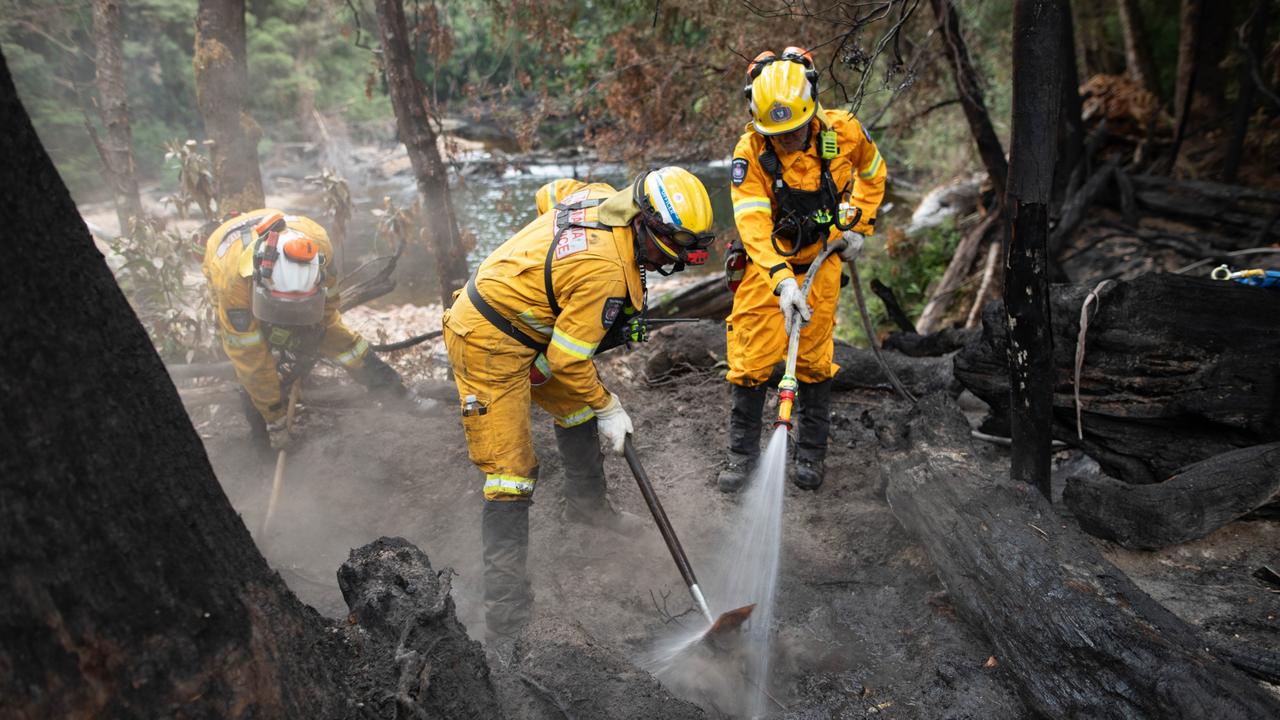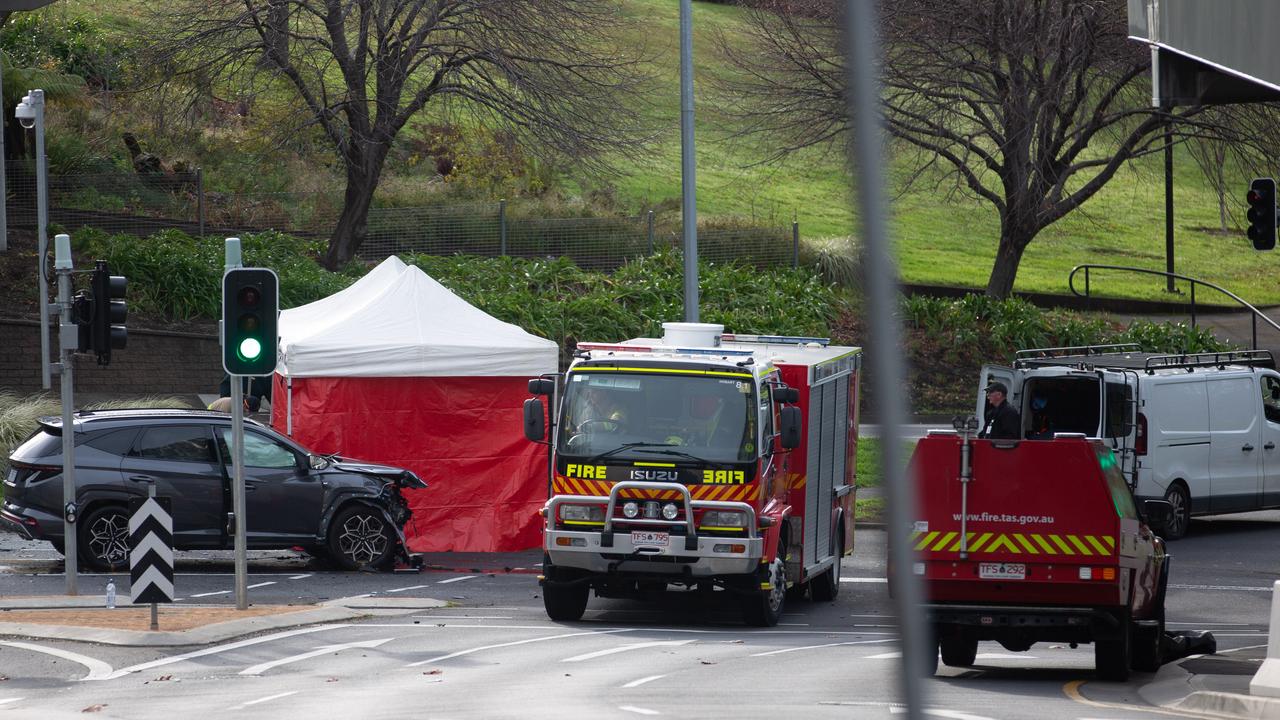Productivity Commission data reveals Tasmania has worst ambulance response times in nation
New figures have revealed the average ambulance response times in Tasmania, showing that we’re at the back of the pack nationwide.
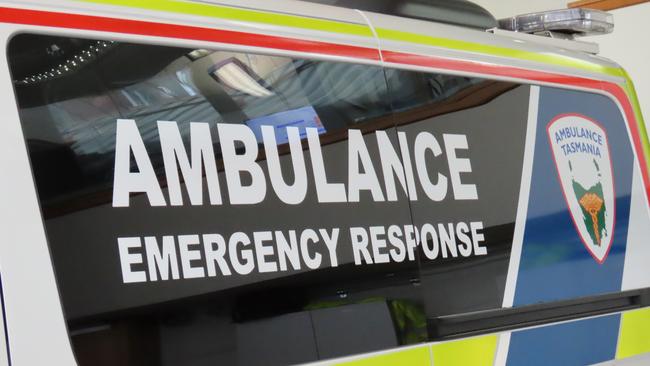
Tasmania
Don't miss out on the headlines from Tasmania. Followed categories will be added to My News.
Tasmania’s ambulance wait times continue to be the worst in the nation and just half the patients in the state’s emergency departments are able to leave within the clinically recommended four-hour time frame, new figures from the Productivity Commission have revealed.
The Report on Government Services data showed that patients across the state waited an average of 14.9 minutes for an ambulance in 2023-24, which was an increase of 1.9 minutes compared to 2019-20.
In Hobart, the figure was 15.2 minutes, up 2.1 minutes over five years.
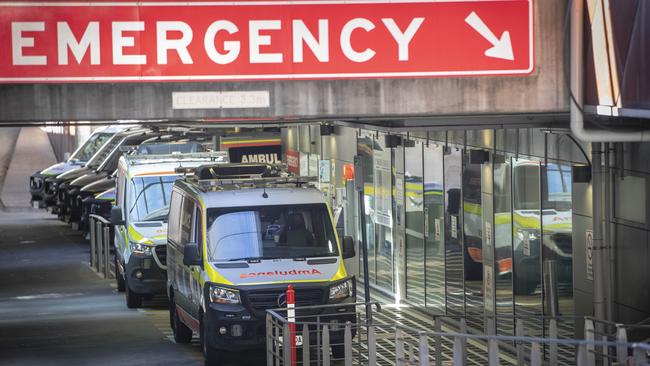
During the first year of the state Liberal government in 2014-15, one in ten patients were waiting more than 25 minutes for an ambulance to arrive but this has now skyrocketed to 36 minutes.
Tasmania also performed the worst when it came to the percentage of patients who were able to leave emergency departments within the clinically recommended time frame of four hours.
Greens health spokeswoman Cecily Rosol noted that this figure had deteriorated “every year without fail since the Liberals came to government”, starting at 66.7 per cent in 2014-15 and plummeting to only 50.4 per cent in 2023-24.
“The results for ambulance services in these figures are deeply concerning,” she said.
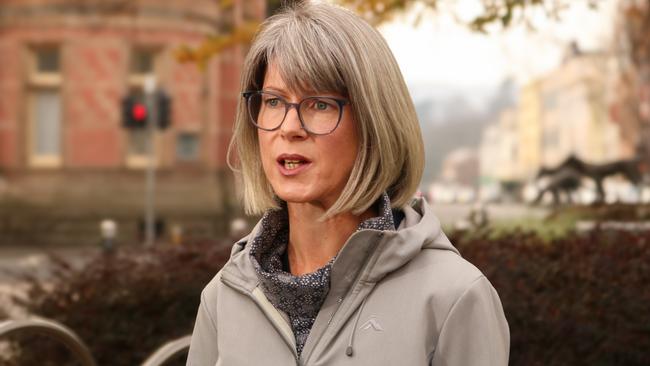
“It’s not just that our results have always been bad – there has been rapid deterioration under the Liberals.
“Given the entire country is experiencing major challenges in hospital care, it’s a real worry to see Tasmania actually going backwards in the pack.”
Ms Rosol said the data was a “clear reminder of why the government can’t just keep doing what they’re doing when it comes to health”.
“Every year we hear Liberal politicians say they’re doing enough to address the health crisis, and every year outcomes are getting worse,” she said.
The Greens say health funding should be prioritised over the proposed Macquarie Point stadium.
A Health Department spokesman said the government was “committed to working to improve [ambulance] response times” but noted that Tasmania had a “regionally dispersed population”, which influenced the final statistics.
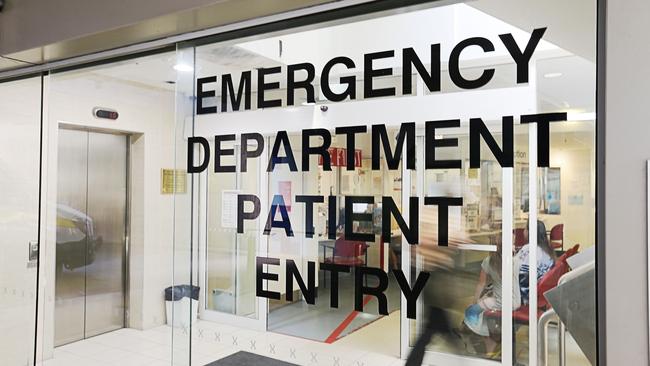
“The Transfer of Care protocol is seeing positive results, and ambulances spent nearly 9300 less hours ramped in 2023-24 when compared to 2022-23. This is significant improvement and means ambulances can get back on the road sooner,” he said.
The spokesman said the government had committed to employing an additional 78 paramedics between 2024 and 2026.
In relation to Emergency Department issues, the spokesman said EDs across Australia were experiencing “access and flow challenges” as a result of “decreasing access” to GP and primary care services and patients with “greater complex care needs”.
“A range of broader initiatives to help manage ED demand, and increase access to appropriate and timely care in the community, are being implemented,” he said.
More Coverage
Originally published as Productivity Commission data reveals Tasmania has worst ambulance response times in nation




